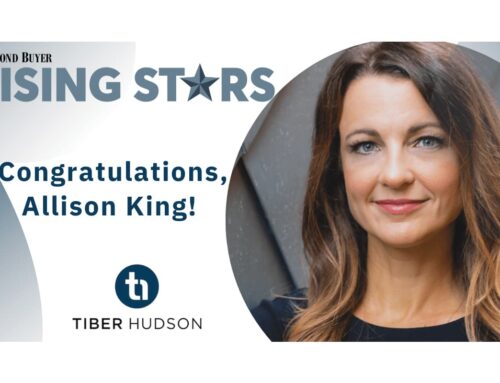
In an industry where projects often require multiple sources of nancing, bonds can be a valuable and often necessary part of the capital stack for affordable housing developments. Different types of bonds have their own requirements, and it is important to know not only what is available but the requirements and restrictions of each type of bond.
In the multifamily affordable housing development space, developers utilizing the four percent Low Income Housing Tax Credit are most familiar with tax-exempt private activity bonds (PABs), the use of which is a requirement for access to the credit. But as demand for affordable housing has increased in recent years and the number of developers seeking bonds has grown dramatically, the ability to access this type of funding has become a challenge in many markets. Developers are turning to other types of bonds, such as 501(c)(3) bonds, essential-function bonds, voter-approved municipal bonds and corporate bonds.
Private Activity Bonds
Certain types of PABs, including those under Section 142(d) of the Code (“Section 142(d) Bonds”) are volume capped by the federal government based on the state’s population size. The state decides how to allocate its annual volume cap to various projects (affordable housing, public transit, water treatment, etc.) that help meet its objectives.
“In order to access the four percent LIHTC, at least 50 percent of the aggregate basis in a project must be nanced with the proceeds of this type of tax-exempt municipal bond,” says Kent Neumann, founding member of Tiber Hudson LLC.
The Washington, DC-based law rm specializes in affordable housing, including the creation of debt nancing structures for affordable multifamily housing transactions. While the rm works with developers to structure deals for cost eciency and compliance with various tax rules and regulations, its clients include many of the banks and underwriters that buy these bonds. Neumann says that multifamily four percent LIHTC transactions constitute most of the rm’s business.
Some states, like Virginia, have both state and local issuers that can issue tax-exempt PABs. Neumann says that other states, such as Georgia, allocate all their funds to local issuers.
“Each state takes a unique approach to the amount of volume cap it allocates to multifamily transactions, how it awards volume cap to projects, whether local and state issuers can be utilized, the availability of soft funds and the possible real estate tax abatement along with many other aspects,” says Allison King, another partner in Tiber Hudson’s affordable housing practice group.






